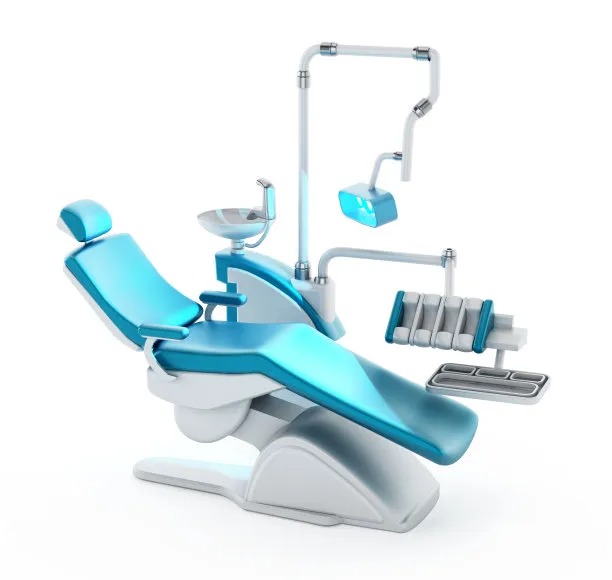Essential Guidelines to Follow Before and After Dental Filling Treatments for Optimal Oral Health
Summary: Dental fillings are essential treatments for restoring the structure and function of teeth affected by decay or damage. This article outlines crucial guidelines to follow before and after undergoing dental filling procedures to ensure optimal oral health. It covers the importance of thorough preparation, understanding the different types of fillings, following post-treatment care instructions, and scheduling regular dental check-ups. By adhering to these guidelines, patients can enhance the longevity of their dental fillings and maintain a healthy smile.
1. Importance of Pre-Treatment Preparation

Before you undergo a dental filling procedure, it is crucial to prepare adequately. Start by discussing your medical history with your dentist. This includes any medications you are currently taking, allergies, or previous dental issues. This information will enable your dentist to choose the most suitable materials and procedures for your unique needs.
Another essential aspect of pre-treatment preparation is maintaining excellent oral hygiene. Brushing and flossing your teeth regularly will help reduce the number of bacteria in your mouth, lowering the risk of complications during and after the filling process. Consider visiting your dentist for a cleaning a few days prior to your appointment, providing a cleaner environment for your filling.
Additionally, it is beneficial to prepare yourself mentally for the procedure. Understanding what to expect during the dental filling can ease any anxiety. Talk to your dentist about the filling process, including the anesthesia used, the duration of the procedure, and post-treatment care.
2. Understanding Different Types of Fillings
Dental fillings come in various materials, each offering distinct advantages. Composite resin fillings are popular for their natural appearance and ability to blend with your teeth, making them a first choice for visible areas. Understanding the pros and cons of different materials is vital when discussing options with your dentist.
Other common types of fillings include amalgam, gold, and porcelain. Amalgam fillings are durable and cost-effective, making them ideal for back teeth subjected to significant pressure. Gold fillings, while expensive, are incredibly durable and can last for decades, and porcelain fillings offer a blend of aesthetics and strength.
Being informed about the options available allows you to make a collaborative decision with your dentist based on your particular needs and preferences. Ask questions to understand how each type of filling would impact your oral health, appearance, and budget.
3. Post-Treatment Care Instructions
After receiving a dental filling, its essential to follow the post-treatment care instructions provided by your dentist to ensure optimal healing and longevity of the filling. Initially, you may experience numbness in your mouth due to anesthesia; it is advisable to avoid eating or drinking until the numbness subsides to prevent accidental biting.
Furthermore, it is important to be mindful of your diet in the immediate days following the filling. Opt for soft foods that won’t put excessive pressure on the treated tooth. Steer clear of extremely hot or cold foods and beverages, as they may cause discomfort or sensitivity.
Lastly, maintaining your oral hygiene routine is crucial post-treatment. Continue to brush and floss as recommended by your dentist but take care around the treated area. If you experience severe pain or prolonged sensitivity, contact your dentist to discuss any concerns.
4. Importance of Regular Dental Check-Ups
Scheduling regular dental check-ups is vital for maintaining optimal oral health after dental fillings. Even after a successful filling, ongoing monitoring is necessary to ensure the filling remains intact and the surrounding tooth is healthy. Your dentist can identify any potential issues early on, preventing further complications.
During these check-ups, your dentist will assess the condition of your fillings and perform necessary cleanings. Professional cleanings eliminate plaque and tartar that regular brushing might miss, ensuring the longevity of your fillings and overall dental health.
Additionally, setting a dental visit every six months serves as a reminder to maintain your oral hygiene practices. Consistent care and monitoring can significantly prolong the life of your dental fillings while improving your overall oral health.
Summary:
In summary, preparing adequately for dental filling treatments and adhering to proper post-treatment care enhances oral health significantly. Understanding the different types of fillings available allows patients to make informed decisions in collaboration with their dentists. Regular dental check-ups reaffirm the commitment to maintaining a healthy mouth, ensuring dental fillings stay effective for years to come.
This article is compiled by Vickong Dental and the content is for reference only.


